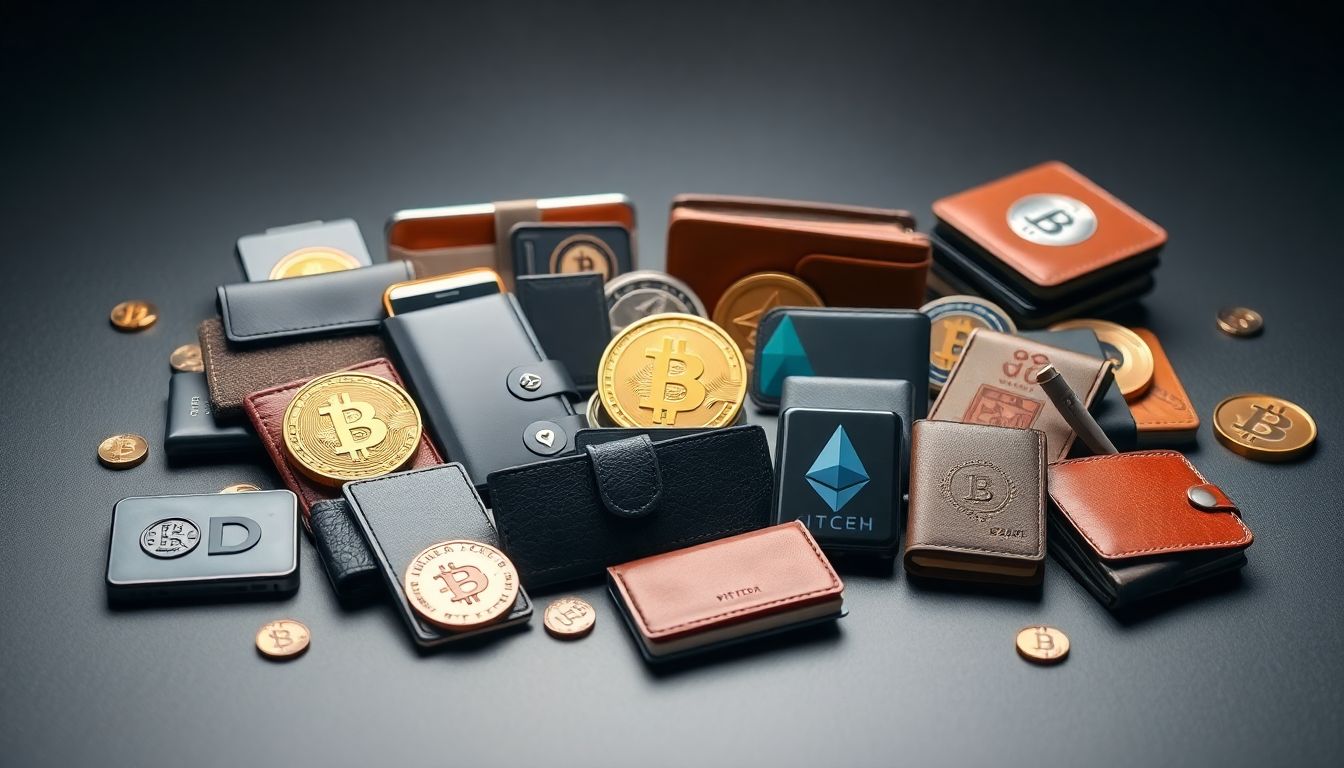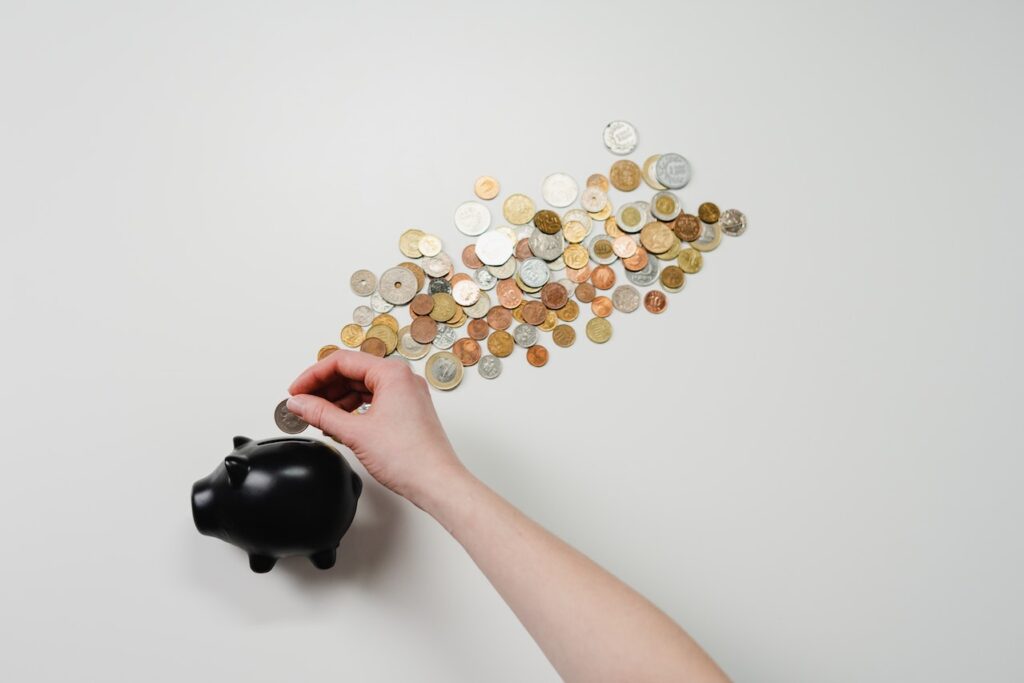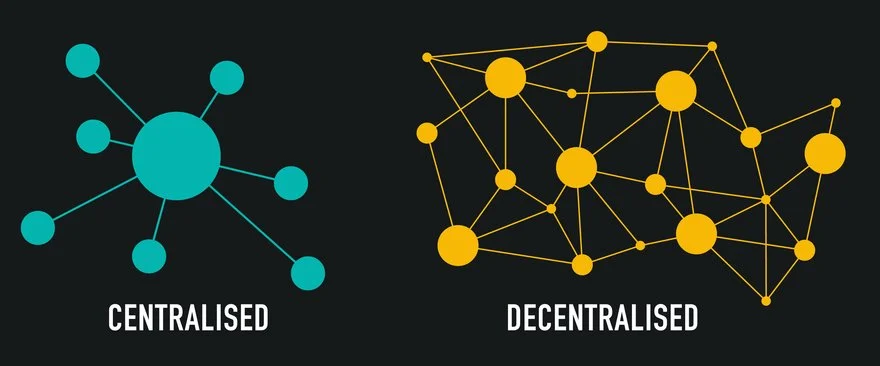The world of cryptocurrency is ever-changing. One of the most exciting aspects of this space is the ability to swap digital assets. This article explains what swapping cryptocurrency means and how it works.
The Rise of Decentralized Exchanges and Swapping Crypto
The Growing Popularity of Crypto Swaps
Crypto swaps are becoming a popular way for traders to exchange currencies without using traditional methods. Many investors prefer these swaps due to their speed and convenience. Increased interest in decentralized finance (DeFi) has fueled this rise as users seek alternatives to centralized services.
Defining Cryptocurrency Swaps: A Simple Explanation
A cryptocurrency swap allows users to exchange one digital asset for another. This process occurs on platforms called decentralized exchanges (DEXs). Unlike traditional exchanges, DEXs operate without a central authority and provide better control over transactions.
Why Understanding Crypto Swaps is Crucial
Understanding crypto swaps is essential for anyone entering the crypto market. Swaps can help traders find better prices and quickly move assets. Knowledge about swaps enhances investment strategies and helps avoid pitfalls.
Understanding Decentralized Exchanges (DEXs)
How DEXs Differ from Centralized Exchanges (CEXs)
DEXs differ from centralized exchanges in terms of control. With a centralized exchange, users must trust a company to manage their funds. DEXs, however, allow users to retain control, enhancing security and privacy.
The Benefits and Drawbacks of Using DEXs
- Benefits:
- Control: Users maintain ownership of their assets.
- Privacy: Less personal information is shared.
- Security: Reduced risk of hacks.
- Drawbacks:
- Complexity: Some users find DEXs harder to navigate.
- Liquidity: Swaps may be slower without enough trading volume.
Key Features of Popular DEXs (e.g., Uniswap, Pancakeswap)
Uniswap and Pancakeswap are among the top DEXs. They use smart contracts to automate trading. Both have their unique features, but they share common elements like liquidity pools and user-friendly interfaces.
The Mechanics of a Crypto Swap
The Role of Liquidity Pools in Facilitating Swaps
Liquidity pools provide the necessary funds to facilitate swaps. These pools consist of funds locked in smart contracts. When users perform swaps, the pool helps execute the trades instantly, ensuring users receive their tokens without delay.
Automated Market Makers (AMMs) and Their Function
AMMs are a vital part of DEXs. They automate the pricing of assets. Instead of relying on order books, AMMs use algorithms to determine how tokens should be exchanged. This approach simplifies trading and allows for efficient swaps.
Understanding Slippage and Fees in Swaps
Slippage happens when the price of a token changes during the swap process. It’s essential to be aware of this, as it can affect how many tokens you’ll receive. Additionally, most DEXs charge fees for swaps, which can vary based on the platform.
Types of Cryptocurrency Swaps
Direct Swaps: Peer-to-Peer Exchanges
Direct swaps allow users to exchange tokens directly with one another. This method usually requires a platform that supports peer-to-peer trading, enhancing privacy and control.
Atomic Swaps: Cross-Chain Transactions
Atomic swaps enable users to exchange tokens between different blockchains. This technology ensures that both parties receive their tokens or none at all, minimizing the risk of scams.
Wrapped Tokens and Their Use in Swapping
Wrapped tokens represent assets from one blockchain on another. For example, Wrapped Bitcoin (WBTC) allows users to trade Bitcoin on Ethereum. This feature increases the accessibility of various assets, making swaps easier.
Security and Risks Associated with Crypto Swaps
Smart Contract Vulnerabilities and Their Implications
Smart contracts are crucial for DEX operations. However, they can be vulnerable to bugs and attacks. Users must research and choose platforms with secure and audited contracts to minimize these risks.
Impermanent Loss: A Key Risk for Liquidity Providers
Impermanent loss occurs when the value of tokens in a liquidity pool changes relative to holding the tokens. This loss can impact returns for liquidity providers. It’s crucial to weigh the risks before providing liquidity.
Best Practices for Secure Swapping
- Use Reputable DEXs: Stick to well-known platforms.
- Verify Smart Contracts: Check for audits.
- Monitor Prices: Keep an eye on market conditions.
Practical Guide to Performing a Crypto Swap
Choosing the Right DEX for Your Needs
Select a DEX based on features, fees, and supported tokens. Understanding your preferences will help you make the best choice.
Step-by-Step Guide to Executing a Swap
- Connect your wallet to the DEX.
- Choose the tokens you wish to swap.
- Review the exchange rate and fees.
- Confirm the swap and wait for completion.
Monitoring Your Swap and Managing Risks
After executing a swap, track the transaction. Use reputable wallets with tracking features to manage your assets effectively.
Conclusion: Embracing the Future of Decentralized Finance (DeFi)
Key Takeaways and Recap of Swap Functionality
Crypto swaps provide a straightforward way to exchange digital assets. They represent a critical component of the DeFi movement, offering speed and security for traders.
Future Trends in Crypto Swapping Technology
As technology advances, expect more efficient and user-friendly swapping solutions. Innovations may enhance security and accessibility, making swaps simpler for everyone.
The Growing Importance of DeFi in the Crypto Ecosystem
Decentralized finance is revolutionizing how individuals interact with money. Understanding swaps is a step toward embracing this future, allowing users to trade freely and securely.







Facebook Comments